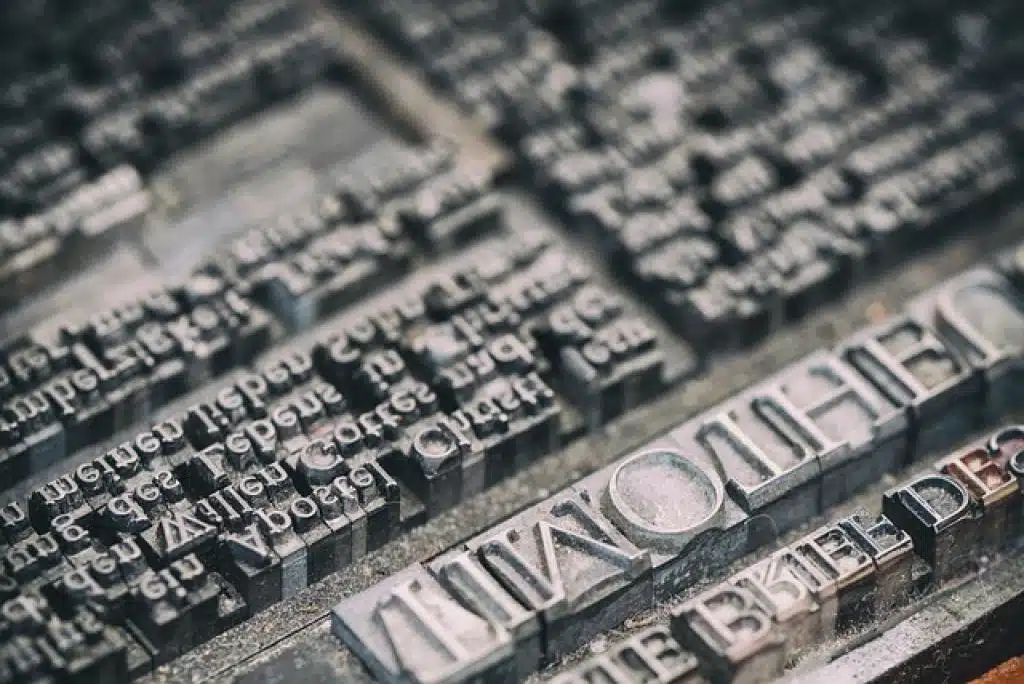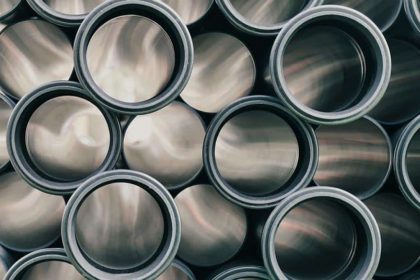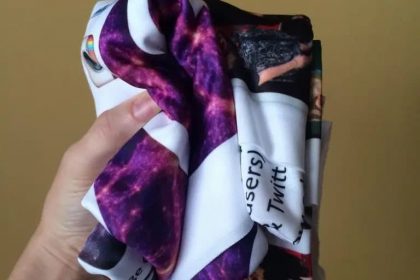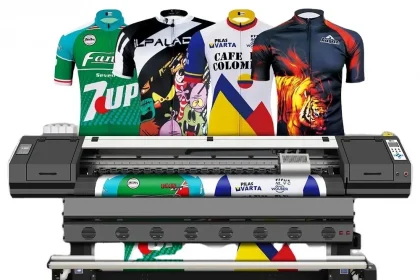Welcome to the exciting world of neoprene printing! Whether you’re customizing wetsuits, crafting unique fashion accessories, or designing promotional items, the possibilities with neoprene are nearly endless.
Ever wondered how those vibrant, durable prints get onto your favorite neoprene products? In this guide, we’ll unravel the mysteries of neoprene printing and explore the various techniques that bring your creative visions to life.
From screen printing to sublimation and digital transfers, each method offers its own set of advantages and nuances. Dive in to discover the tools, tips, and tricks you’ll need to make your neoprene projects stand out.
Understanding Neoprene Printing Techniques
Neoprene is a fantastic material known for its flexibility, durability, and resilience. But how do you get those stunning designs printed on it? Understanding the different techniques is the first step.
Screen Printing
Screen printing is a classic method often used for neoprene. It involves creating a stencil (or screen) and using it to apply layers of ink on the neoprene surface. It’s ideal for bold, thick designs and can be very cost-effective for large batches.
Sublimation Printing
Sublimation printing is another popular technique. This method uses heat to transfer dye onto the neoprene. The result is a vibrant, long-lasting print that’s resistant to fading. Sublimation is perfect for intricate, multicolored designs.
Digital transfers are relatively new but growing in popularity. This method involves printing your design onto a special transfer paper and then using heat and pressure to apply it to the neoprene. It’s a versatile technique suitable for small runs and detailed images.
Each technique has its own set of pros and cons, so understanding these will help you choose the best method for your project. Dive deeper into each technique in the sections to come!
UV Printing
Another method on printing onto neoprene is using flatbed UV printer. Image Square Printing uses direct to substrate technology to print directly onto Neoprene. Our flat size print is up to 48 inches wide by 96 inches tall, in one piece. You can also custom cut it to any shape. Our 3mm or 1/8th” or 0.125″ thick neoprene sheet has a black underside and white fabric outer face to suit your custom designs.
Many adore printing on neoprene fabric for its versatility. It’s flexibility allows you to roll your large size print without cracking or bending your art. Make your large presentation poster, roll it and make it easy for traveling.
Advantages of Neoprene Printing over Traditional Methods
Printing on neoprene offers several benefits that make it stand out compared to traditional materials and methods. It’s not just about practicality but also about unleashing creative possibilities.
Durability
One of the biggest advantages is durability. Neoprene prints are resistant to the elements, whether it’s water, UV rays, or wear and tear. This makes it an excellent choice for everything from water sports gear to promotional products.
Custom neoprene items tend to have a premium feel. The material itself has a unique texture and flexibility, which adds an extra layer of sophistication to the final product. Whether it’s a custom koozie or an upscale handbag, neoprene prints can elevate the entire item.
Flexibility in Design
Neoprene printing offers unmatched flexibility in design. Compared to traditional methods, you can achieve much more vibrant, detailed, and complex designs. This opens up a world of creative opportunities for artists and designers.
Step-by-Step Guide to Neoprene Printing Process
Neoprene printing might sound complex, but it’s quite straightforward once you break it down into manageable steps. Here’s how it works:
Preparing Your Design
First, decide on your design. Use high-resolution images and vector files to ensure the best quality print. Make sure the colors are vibrant and the design is clear.
Then, transfer your design onto sublimation paper using a specialized sublimation printer. This paper will act as the medium to transfer your design onto the neoprene.
Setting Up the Neoprene
Next, cut your neoprene to the desired size. Smooth out any wrinkles or creases to ensure a clean, even print. It’s crucial to have a flat surface for the transfer process.
Place the sublimation paper face down onto the neoprene. Secure it with heat-resistant tape to prevent any shifting during the transfer.
Heat Press Time
Now comes the heat press. Preheat your heat press machine to around 400 degrees Fahrenheit. Place the neoprene and sublimation paper combo onto the machine. Press firmly for about 30-60 seconds, depending on your machine’s specifications.
When time’s up, carefully peel away the sublimation paper. You’ll find your vibrant design has been transferred beautifully onto the neoprene.
Finishing Touches
Allow the neoprene to cool down. Check your print for any discrepancies or areas that may need a touch-up. Typically, the process results in sharp, colorful designs without the need for additional steps.
And there you have it! You’ve successfully printed your design onto neoprene, ready to be turned into anything from stylish accessories to functional gear. Easy, right?
Innovative Applications of Neoprene Printing
Neoprene printing opens up a world of possibilities. It’s not just about making wetsuits more colorful—although that’s a great start. Here are some creative ways people are using neoprene printing to make unique products.
One of the most popular uses is customizing laptop sleeves. Imagine having a sleeve that perfectly matches your personal style or brand. Neoprene’s cushioning properties make it a fantastic material for this purpose, and with printing, the design options are endless.
Another cool application is custom drink koozies. Whether for a wedding, a promotional event, or just a fun weekend BBQ, personalized koozies add a special touch. The printed designs can include anything from names and dates to logos and artwork.
Then there are neoprene bags and pouches. These can be chic or rugged, depending on the design. Think of makeup bags, gym bags, or even lunch bags. The durability of neoprene combined with custom printing means your bag will not only look good but last, too.
The fashion world is also tapping into neoprene printing. From vibrant shoes to bold accessories, fashion designers are taking advantage of neoprene’s flexibility and the ability to print eye-catching designs. These products are not only stylish but functional, thanks to neoprene’s weather-resistant qualities.
Lastly, don’t overlook neoprene’s potential in sports and active gear. Printed knee sleeves, elbow supports, or yoga mats add a dash of personality while you’re working out. Plus, you get the benefits of neoprene’s support and cushioning.
With neoprene printing, the limit is really your imagination. It’s a versatile material that can be tailored to so many different applications, making it a favorite among designers and everyday users alike.

Choosing the Right Neoprene Printing Equipment
Choosing the right neoprene printing equipment can feel a bit overwhelming, but it doesn’t have to be. A few key considerations can help you make an informed decision.
First, think about the scale of your projects. A smaller, desktop printer might be sufficient for hobbyists or small businesses. These machines are user-friendly and less expensive. However, if you’re aiming to run a larger operation, investing in industrial-grade equipment is the way to go. These offer higher efficiency and the ability to handle bulk orders.
Next, consider the type of printing technology. Sublimation printers are a popular choice because they infuse the ink directly into the neoprene, resulting in vibrant and durable designs. Alternatively, heat transfer printing is another viable option. It’s more affordable initially but may require replacing transfer sheets more frequently.
Evaluating Print Quality
Print quality is crucial. Look for equipment that provides high-resolution output. Crisp designs and accurate colors will make your products stand out. Don’t hesitate to request sample prints if you’re dealing with suppliers or visiting trade shows. This will give you a tangible sense of what to expect.
Lastly, think about ease of use and support. Does the equipment come with a comprehensive manual or online tutorials? Is customer support readily available in case you run into issues? These factors can significantly ease your learning curve and save you time.
Budget Planning
Of course, your budget will play a big role. While it might be tempting to opt for the cheapest option, consider the long-term value. Sometimes spending a bit more upfront on reliable, high-quality equipment can save you money on repairs and replacements down the line.
By carefully considering these aspects, you can find the neoprene printing equipment that best suits your needs, helping you bring your creative visions to life smoothly and efficiently.
Exploring Advanced Neoprene Printing Techniques
Stepping up your neoprene printing game? Advanced techniques can really set your creations apart.
One exciting method is UV printing. This uses ultraviolet light to cure or dry the ink as it’s printed, resulting in extremely sharp and vibrant images. It’s perfect for detailed designs and can even add a 3D texture to your prints, offering a unique tactile experience.
Another technique worth exploring is embossing or debossing. These involve creating a raised or recessed design on the neoprene, adding not just visual interest but also a luxurious texture. Embossing can be combined with traditional printing to create multi-dimensional designs that wow.
For those seeking to add a splash of variety, metallic inks can be a game-changer. These inks contain tiny metal particles that give your designs a shimmering, reflective quality. It’s perfect for catching the eye and adding a touch of elegance to custom projects.
Exploring these advanced techniques can take your neoprene products to a whole new level, making them truly standout and offering an edge in the competitive marketplace. Don’t be afraid to experiment and mix different techniques to discover what works best for your brand.
The Bottom Line: Mastering Neoprene Printing for Exceptional Results
In summary, mastering neoprene printing begins with understanding its unique properties and advantages. From there, choosing the right ink and technique is crucial to achieving the best results. Simple methods like screen printing work wonders, but exploring advanced options can elevate your designs even further.
Techniques such as UV printing, embossing, and the use of metallic inks offer exciting possibilities to make your neoprene creations truly unique. They add not just color, but texture and depth, ensuring your products stand out in the competitive market.
Additionally, don’t forget the importance of experimentation. Combining different techniques can lead to innovative outcomes that are uniquely yours. Each method brings its own flair, so mix and match to find the perfect combination for your brand.
Finally, always focus on quality. High-quality materials and careful attention to detail will ensure your neoprene products not only look great but also perform well over time, keeping your customers satisfied and coming back for more.
By now, you should feel equipped to dive into neoprene printing with confidence. Whether you’re just starting or looking to enhance your current skills, using these insights will help you achieve exceptional results. Happy printing!









